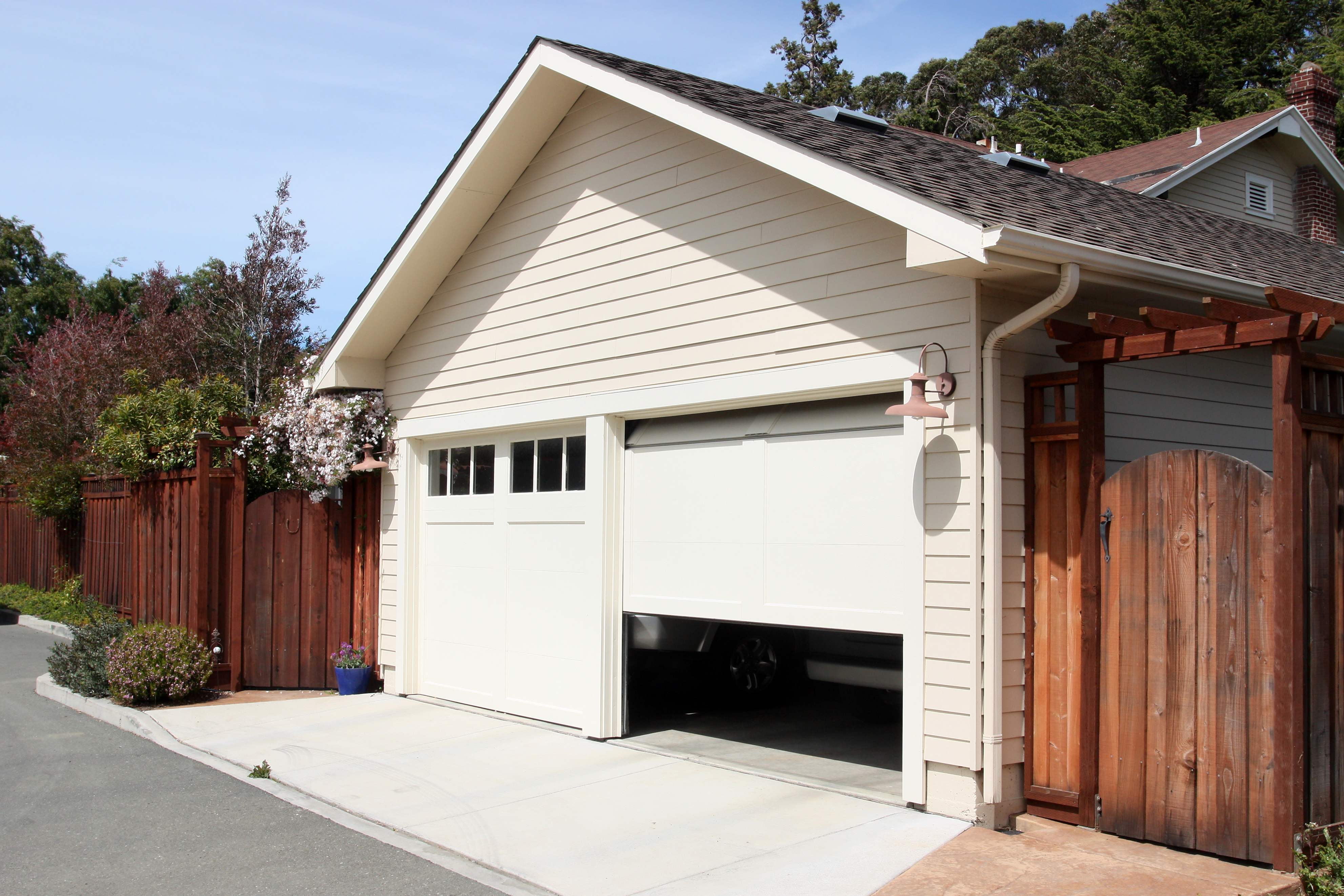How to repair garage door cables
Garage door cables are a safety feature of garage door running through the torsion springs and do the heavy lifting of the door every time it comes up or goes down. The cable also works as a backup just in case the spring fails. This way, it prevents violent spring recoil and thus preventing any damage or injury to the door or any property. The cables can sometimes slacken and come out of the track, or if the tension is too high, they can snap and fall off. Before attempting cable repair, find out the cause and kind of damage and follow the following steps.

However, it is considerate to know that attempting garage door cable repair is a dangerous activity that should not be a do it yourself for a new unskilled person. This activity may require that you engage an expert technician in order to reduce the chances of injuries.
Release tension on the springs
The garage door springs are stressed every time the door opens or closed. It is a dangerous practice to attempt any cable repair before releasing the spring tension, as this may cause the springs to recoil more suddenly and cause injury.
Loosen the cable
Using a vise-grip, clamp, grip the shaft and turn it just enough to loosen the cable. Be sure not to excessively turn the shaft as it could cause the cable to unwind on the other side of the door, making the task more time-consuming.
Remove the cable
Once the shaft is loose, remove the old cable from the pin at the bottom of the door and unwind the cable slowly to remove it from the drum.
Replace the cable
Once you have removed the damaged garage door cable, you need to do an immediate replacement with a new standard garage door cable of about 8 feet 6 inches in length. Take the cable and slide the tip of the cable into its slot in the cable drum. Keeping your hand on the cable, wrap it tightly on the drum until you can easily attach the loop at the other end of the cable to the pin at the bottom end of the door. Once this is done, turn the shaft using a vice-grip in order to tighten the cable around the drum. Be more cautious not to overtighten the drum.
Test your garage door cable for free play
Once you have done the replacement, check round the drum for misalignments of the cable. Once you are sure the cable is well fixed on the drum and the torsion springs are adjusted to the right tension, remove the clamps from the garage tracks and gently lower the door by hand. It should be able to close and open more easily with less force.
Always check the cable for kinks or frayed portions and try to establish the causes of such damages. It is also important to keep the cables free from the accumulation of debris by avoiding the use of heavy lubricants, which may attract dirt.

